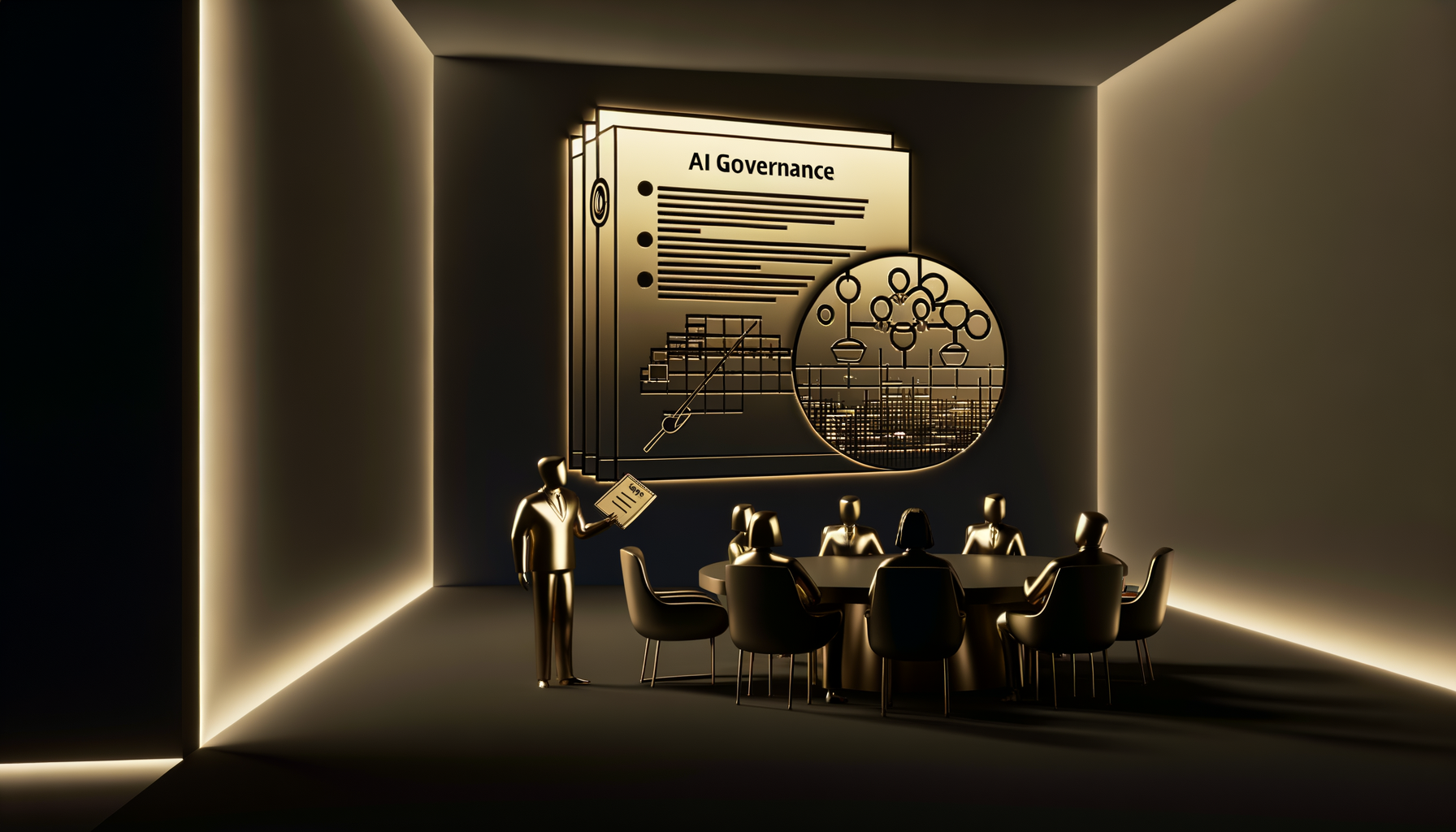Most developers think they’ve seen it all with AI code assistants—but what if your AI isn’t merely helping, but actually planning, deciding, and building code alongside you? The old lines between tool and collaborator are blurring faster than anyone expected.
Agentic AI: A New Era for Software Development
Until recently, AI’s role in coding has felt remarkably passive. Tools like GitHub Copilot, ChatGPT plugins, and auto-complete engines have been little more than turbo-powered assistants—reactive, not proactive. But in the last month, a seismic transformation has accelerated: Agentic AI models are emerging, leapfrogging the boundaries of helpfulness and crossing into the domain of genuine software collaboration.
These systems are not just responding to prompts—they’re devising their own subgoals, structuring workflows, and independently executing entire development cycles. This isn’t science fiction: compact, domain-tuned models are rapidly proliferating, and the most ambitious dev stacks are already experimenting with autonomous “AI teammates.” Let’s dive deep into why agentic AI is poised to shake up the fundamentals of software engineering, forever.
From Assistant to Collaborator: What Sets Agentic AI Apart?
- Proactivity: Agentic AIs move beyond “waiting for orders.” They analyze context, anticipate developer needs, and propose changes or alternatives, sometimes before you even ask.
- Workflow Orchestration: Instead of operating at the code-snippet level, these systems plan entire development tasks—architecting features, splitting work into stages, and even managing dependencies autonomously.
- Autonomous Execution: Beyond suggesting, agentic AI models can enact their decisions: refactoring codebases, running tests, documenting changes, submitting PRs, and sometimes deploying to production on their own initiative (with safeguards).
Why Now? Technological and Organizational Catalysts
Three converging factors explain why we’re seeing the rapid ascent of agentic AI in coding today:
- Architectural Breakthroughs: New foundation models are optimized for reasoning, planning, and long-term memory, not just for code prediction. Open-source variants are catching up fast.
- Domain-Specific Compactness: Lean models fine-tuned for specific programming languages or frameworks have achieved sufficient accuracy to self-direct nontrivial projects, drastically reducing both cost and risk.
- DevOps Integration: Cloud-based AI runtimes, ephemeral environments, and tight coupling with CI/CD pipelines allow agentic systems to take actions that were once only executable by human developers.
Workflows Reimagined: A Glimpse into Autonomous Code Development
What does agentic AI look like in the wild? Imagine assigning your AI not just to “suggest a function,” but to deliver a full-featured API module, including documentation, test suites, and continuous improvement based on actual user telemetry. Here’s how a typical agentic workflow unfolds:
- Task Decomposition: Receive a high-level goal (“build a payment processor”).
- Planning: Agentic AI breaks the project into microtasks, e.g., setting up endpoints, integrating payment libraries, writing tests, etc.
- Execution & Review: It drafts, tests, reviews, and refines code, pushing commits autonomously, flagging uncertainties or ambiguities for human input only when truly necessary.
- Iteration: Learns from code reviews and user feedback, dynamically improving both style and functionality over time.
“If your AI still needs you to hold its hand for every step, you’re not leveraging its full agentic potential.”
Case Studies: Domain-Specific Agentic AI in Action
Finance: Autonomous RegTech Compliance Coding
In the fast-evolving regulatory environment of fintech, maintaining compliance logic demands relentless adaptation. Early-adopter firms are now deploying agentic AI models trained explicitly on regional compliance corpora. These models don’t just monitor for policy drift—they plan and implement code-level changes, run regression tests, and submit merge requests, often before new rules even take effect.
eCommerce: Automated A/B Testing and Optimization
Agentic AI orchestrates large-scale A/B testing—automating variant generation, traffic routing, results analysis, and code implementation for the highest-performing updates. Developers set targets; the agents design, test, and ship feature tweaks at machine speed.
Legacy Modernization: From Discovery to Delivery
Some consultancies now task agentic AI with crawling legacy codebases, mapping dependencies, proposing modernization roadmaps, and generating migration scripts. Human experts intervene only for high-stakes architectural decisions—the rest is autonomous.
Risks and Practical Considerations: What Could Go Wrong?
No technology leap is free of tradeoffs. The risks of agentic AI systems include:
- Unintended Actions: Autonomous agents may make incorrect or risky changes if their objectives or constraints are improperly defined.
- Auditability Challenge: Tracing decision rationale can become difficult as actions multiply and AI agents iterate codebases autonomously.
- Security Blindspots: Without strong guardrails, agents could inadvertently introduce vulnerabilities or expose sensitive data during execution.
- Overfitting to Metrics: Agents trained on narrow success signals might optimize for the wrong things, missing crucial edge cases or sacrificing maintainability for short-term performance gains.
Mitigating these risks demands “human-in-the-loop” controls, continuous supervision, robust logging, and transparent feedback mechanisms. The frontier is moving fast, but vigilance matters more than ever.
Preparing Your Stack: Key Questions for Technology Leaders
- How agentic is your current AI layer? Does it merely assist, or can it plan and execute workflows end-to-end?
- Do your tools support process handoff from agentic AI to human review—and vice versa?
- What is your system for evaluating, approving, and monitoring AI-driven code changes?
- Have you established clear boundaries and safeguards to limit AI autonomy to well-defined domains?
- Is your team architecturally agile enough to benefit from agentic AI without compromising compliance and security?
Conclusion: The Inevitable Shift to Autonomous Developer Collaborators
The age of agentic AI will not wait for the risk-averse or the nostalgic; its benefits are too compelling, its momentum too great. Passive tools will soon feel archaic—demanding constant nudges and context feeds.
The immediate challenge is not whether to adopt agentic AI, but how to integrate it wisely—maximizing productivity while maintaining the kind of oversight that makes software not just faster, but better, safer, and truly competitive.
Agentic AI is already transforming the developer experience from code autocomplete to code co-creation—waiting might be the riskiest option of all.





